Saving the Makove wetlands: how peat and amber extraction is destroying wildlife in Polissia
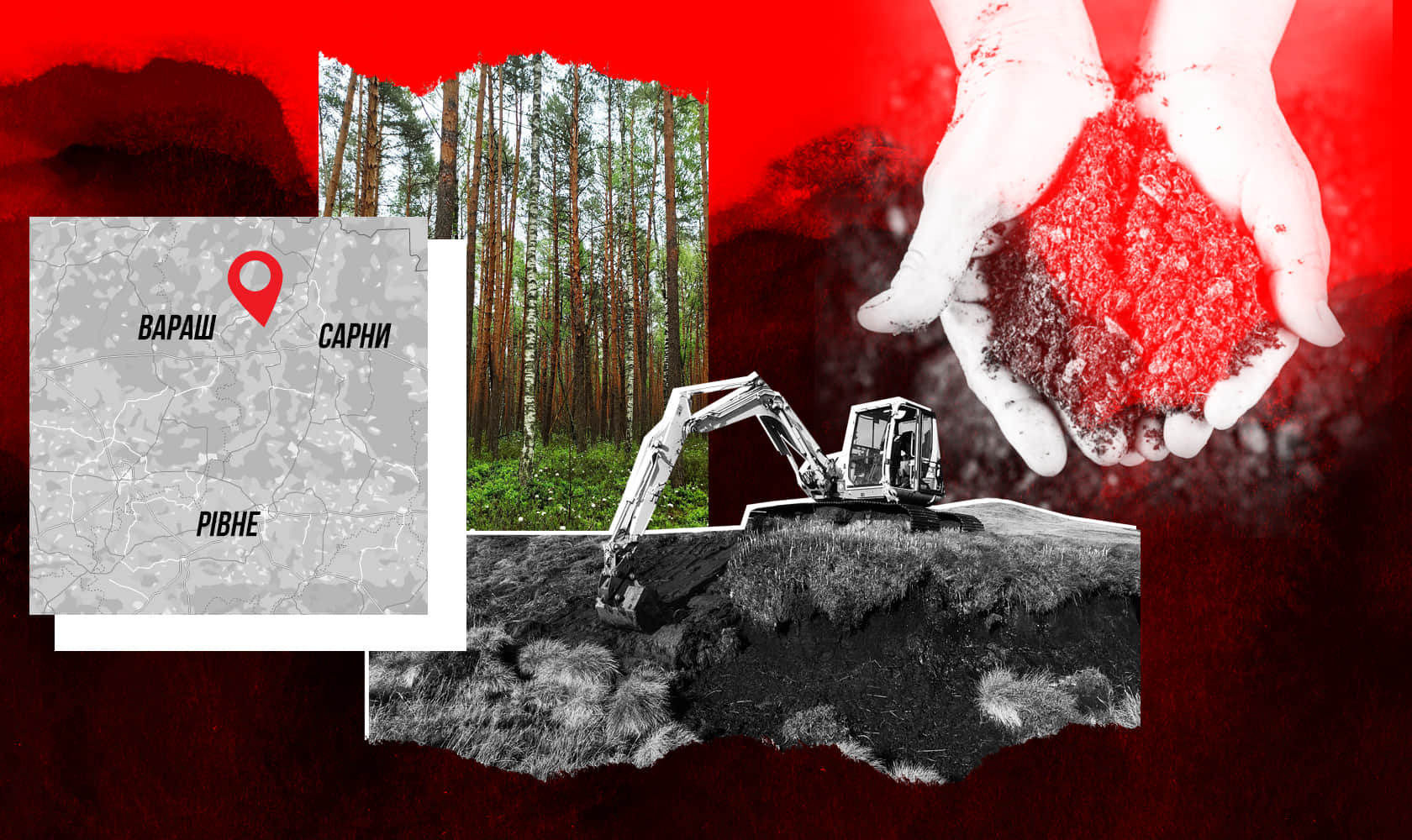
Few people have heard of the Makove wetlands in Ukraine’s northwest; they don’t even have their own Wikipedia entry. Only those who know the forests, bogs and marshes in Rivne Oblast like the back of their hand, or perhaps those who follow environmental news closely, might have heard of them.
The Makove wetlands have featured in the news on two occasions in recent years. One was two years ago, when Rivne Oblast officials granted them the status of a protected virgin forest, banning mushroom and berry foraging in the area. The other was earlier this year, when the Ukrainian government auctioned a long-term permit for peat extraction in the wetlands.
There are two reasons why Ukrainska Pravda is covering the Makove wetlands.
First, we are losing a unique protected area – there is no place like the Makove wetlands in all of Ukraine’s Polissia region.
The second and perhaps crucial reason is that the situation around the Makove wetlands is absurd, although sadly not at all unusual for Ukraine’s environmental protection policy, with officials signing international environmental agreements and taking on ambitious commitments with one hand while systematically acting against them with the other – or simply turning a blind eye to environmental issues. From the outside, the impression is one of disarray and inconsistency.
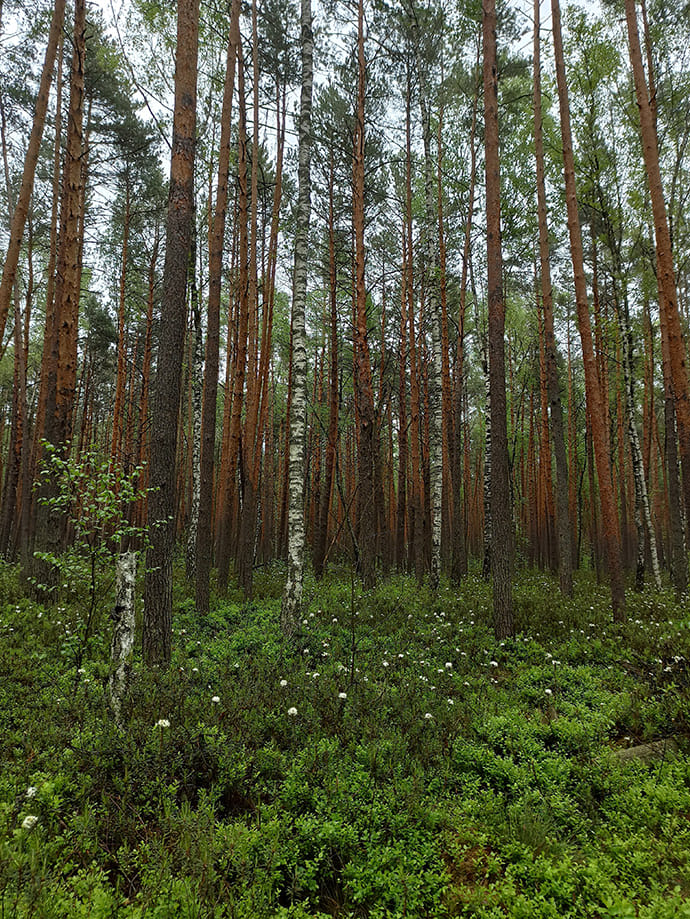
Polissia
Vasyl Mochan is a forestry expert who lives in Zakarpattia Oblast. His work is mostly focused on the Carpathians and the protection of forests there.
A few years ago Mochan took part in an international environmental project entitled Polesia – Wilderness without borders. Protecting one of Europe’s largest natural landscapes. He and his colleague Mykola Cherniavskyi researched Polissia forests for the Ukrainian Bird Protection Society.
The majority of forests in this region have had their ecosystems disrupted by human activity. Trees were cut down, then re-planted, and the soil was drained for peat and amber extraction.
It’s not just that there are very few natural forests in Polissia anymore. Another problem is that the remaining forests cover small areas, which makes conservation work more difficult.
To put it in simple terms, a large mammal or pack of mammals needs one large area to live in, not two or three smaller ones, even if they are very good. You can’t talk a lynx into hunting in one small area today and then crossing a major road, fields and villages to hunt in another good but small bit of forest.
In Polissia, these forest areas are usually no larger than 40-60 hectares in area, which is only two or three times bigger than the botanical garden in central Kyiv.
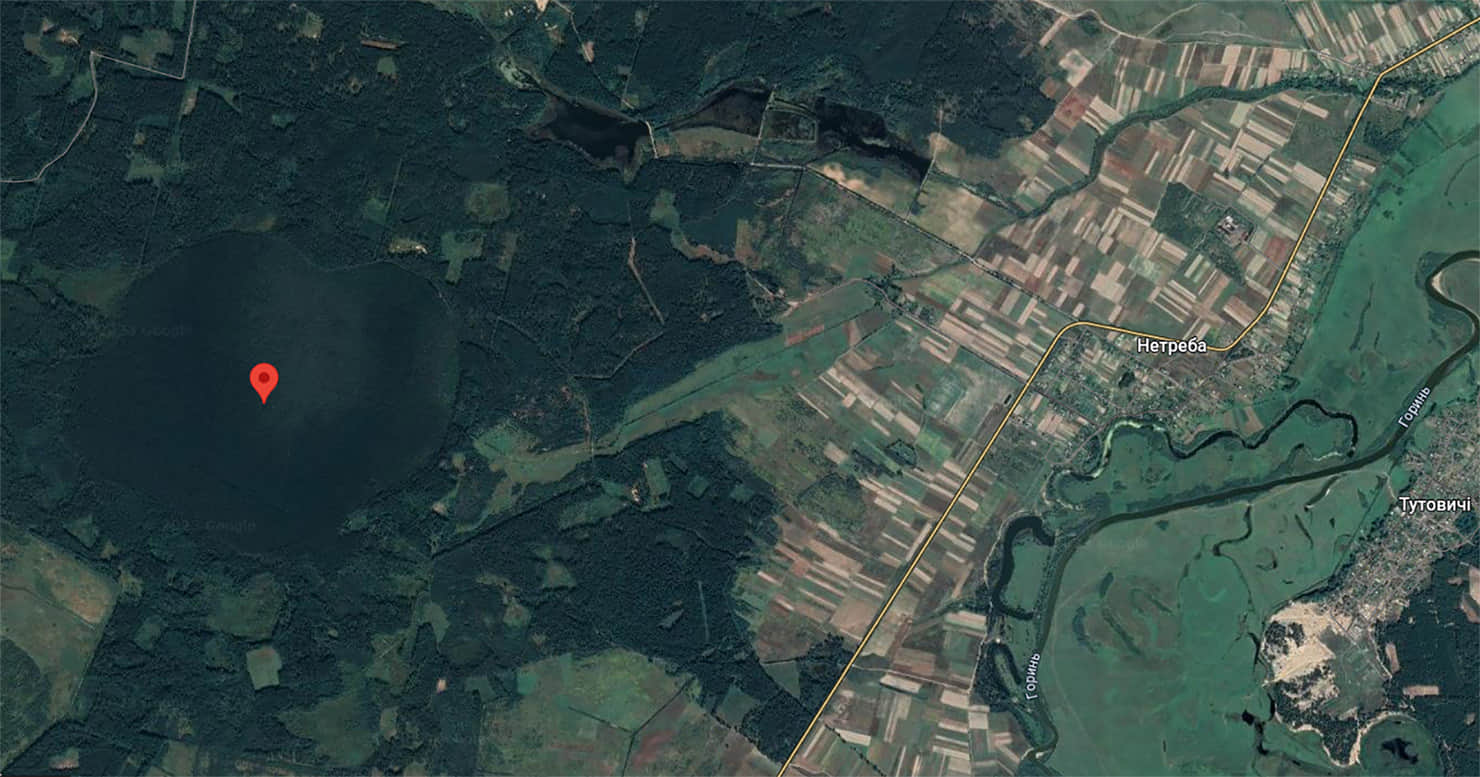
A fragment of a lost world
Vasyl Mochan and Mykola Cherniavskyi asked their colleagues from the state-run Volodymeretske Forestry Agency to show them around a plot of land near the village of Netreba in the Varash district, Rivne Oblast. On paper, it looked like any other land plot: pine trees all younger than 110 years, 10-15 cm thick and 15 m tall. A normal forest for a wetland area, where it’s more difficult for trees to grow than in more favourable conditions.
In real life, however, the forest was surprising: the trees were taller and thicker than the paperwork suggested, and core samples suggested that some of those trees were over 150 years old.
Most significant, however, was the near-total absence of traces of human activity. The range of trees of various ages and the abundance of dead wood suggested that it was a truly natural forest, all 260 hectares of it, to be precise – nearly 10% of all of Polissia’s forest. No one knew about this large and valuable forest area – so no one was protecting it.
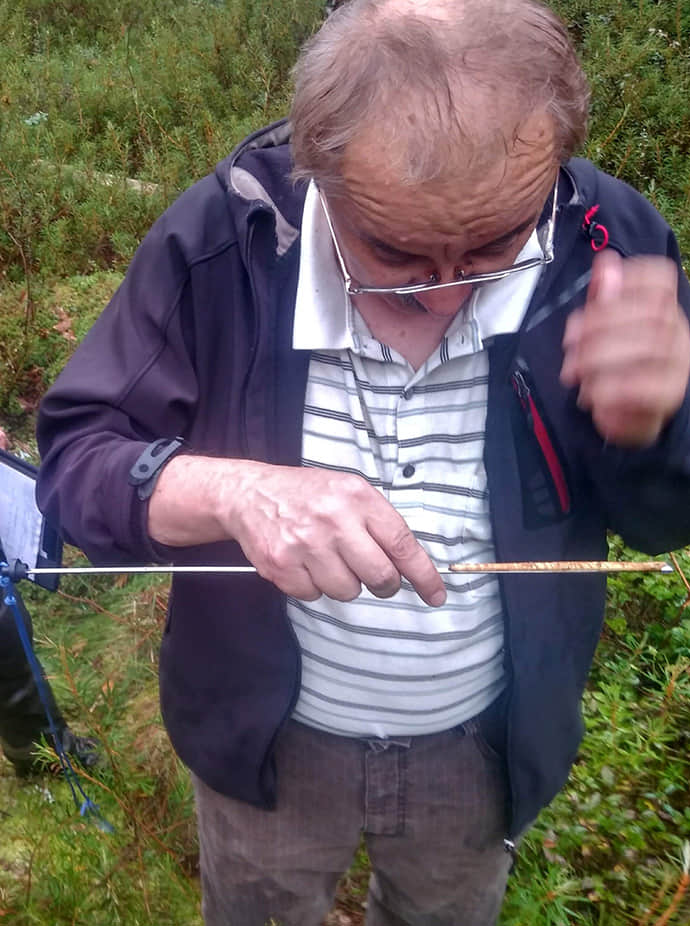
A new natural landmark
The discovery of the large forest area was also a surprise to the local foresters, though not a particularly pleasant one. On paper, their duties include caring for the forest: not just cutting down trees, but also planting new ones, looking after the health of the forest and protecting it when needed. In reality, however, economic incentives often overwhelm all others, and trees are often cut down in areas where it is prohibited as well as where it is permitted.
In protected natural areas, for example, there is a blanket ban on logging. The trees there are not simply sources of timber, but habitats for wolves, bats, stag beetles and other wildlife. If these precious forests get "sick", they require treatment: the sick trees have to be cut down. But it’s the foresters who determine which trees are sick.
No sooner had Vasyl Mochan started to draw up the paperwork for the 260-hectare natural forest than it suddenly transpired that the trees there were afflicted by some terrible disease and only sanitary felling could save it.
In response, Mochan told the foresters that it was a matter of principle for him. He would ask the Ministry of Environmental Protection and Natural Resources to set up a special commission rather than let this natural forest be illegally felled.
Eventually the foresters relented.
Mochan had another occasion to celebrate on 17 December 2021, when Rivne Oblast Council designated the Makove wetlands as a "protected virgin forest area of local importance" which they said "meets the criteria of natural forests that are close to virgin forests and is characterised by a high environmental and scientific value".
Mochan says that this status prohibits commercial activity within the nature reserve.

Peat
In late 2023, the Ukrainian government put a special permit for subsoil use at the Mak peat bog (located within the Makove wetlands) up for sale on Prozorro, a Ukrainian online public procurement system. The auction took place on 4 January 2024. The successful bidder was Ukrtorf (Ukrainian Peat), which offered UAH 25.5 million (approximately US$681,500).
How is it possible that the state first designates a piece of land as protected and commits to protecting it, then mere months later paves the way for its destruction? And all to extract peat, a fossil fuel that is found in many other places across Ukraine – places that don’t have 150-year-old pine trees growing on them and that aren’t home to rare species of grouse?
Peat bogs are very important for preserving biodiversity. Wetlands are the habitats of many different species of plants and animals that can’t live in other environments. Moreover, peat sequesters and stores atmospheric carbon which, if released, will contribute to the greenhouse effect and climate change.
The absurd situation that has unfolded around Ukraine’s Makove wetlands is not that unique. Petro Tiestov from the Ukrainian Nature Conservation Group (UNCG) says that four peat bogs were put up for sale a few years ago. One of the bogs was right next to the Rivne Nature Reserve, though administratively it was part of neighbouring Volyn Oblast. Several other bogs were actually located in nature reserves.
After a long struggle, peat extraction was banned at the peat bogs that were part of nature reserves, though the Environment Ministry permitted, albeit somewhat reluctantly, peat extraction at the bog next to the Rivne Nature Reserve. This is pure nonsense from a conservation perspective: the bog just outside the nature reserve was exactly the same as the others – just not lucky enough to receive protected status.
To be fair, there have been cases of the Environment Ministry not permitting auctions of sites that are important from a conservation perspective. Last summer Yelne-23, another site near the Rivne Nature Reserve that Ukraine’s State Geology and Mineral Resources Service wanted to auction off for amber extraction, narrowly escaped this fate.
The ministry subsequently refused to permit the sale of the Kopyshanska site in Zhytomyr Oblast, also because of its environmental value. The site is located only kilometres away from the Belarusian border.
However, the legislation has recently been amended to allow the State Geology and Mineral Resources Service to put sites up for sale without the approval of the Environment Ministry. The Makove wetlands are one of those cases where the Ministry has not even had an opportunity to have its say – so far.
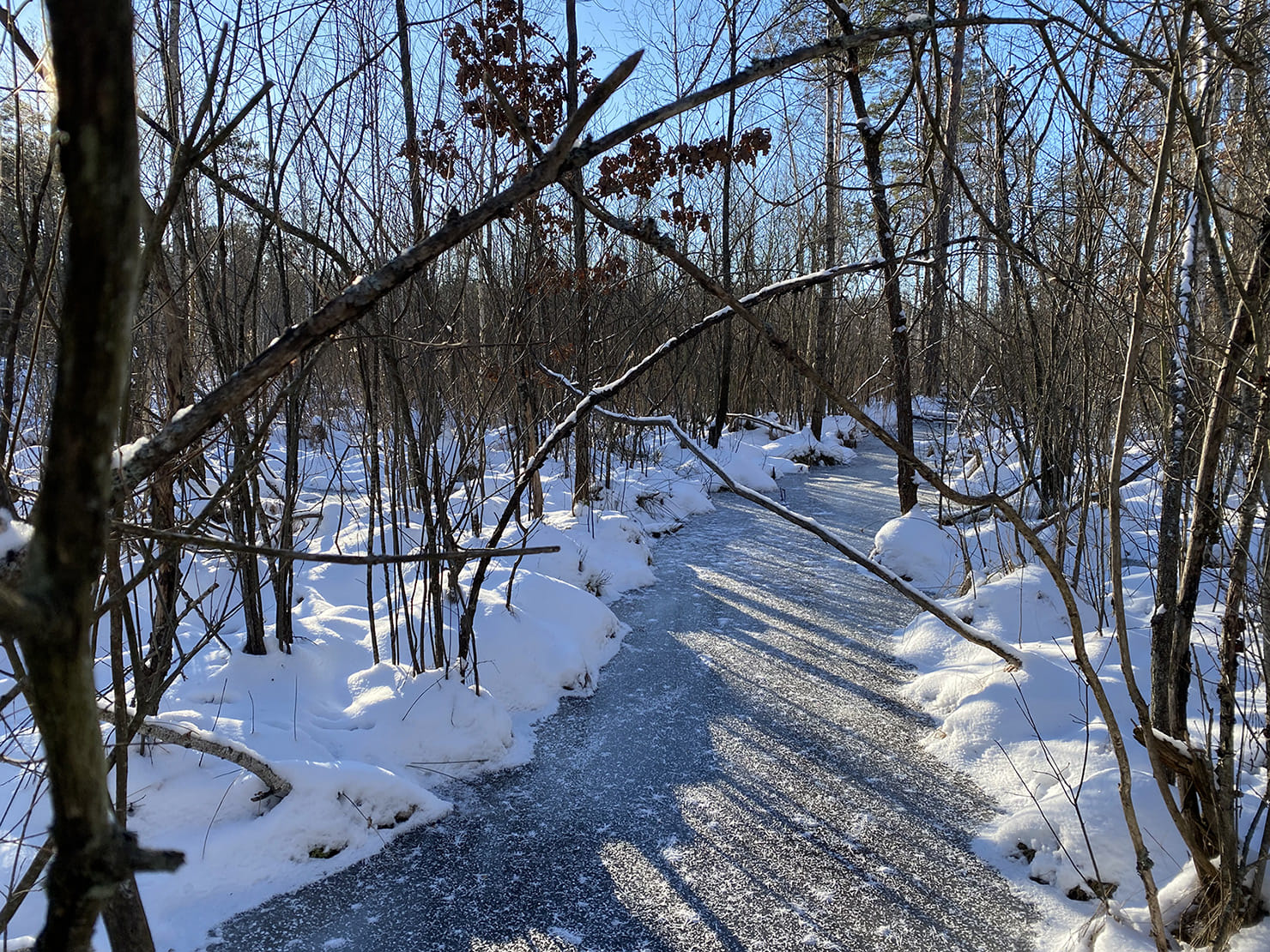
Can an environmental impact assessment save the wetlands?
In Ukraine, as in Europe, any project that could harm the environment is required by law to undergo an environmental impact assessment (EIA).
After an auction, the successful bidder has to recruit an expert firm that will hire researchers to study how, in this particular case, peat extraction will affect the ecosystem and whether its effects can be mitigated.
You don’t need to be an expert in biology or zoology to understand that draining a bog and digging it up would destroy its ecosystem. But auction winners might take a more optimistic view.
Ukrainska Pravda recently reported on the issues around building wind turbines in Polonyna Borzhava, a mountain valley in Transcarpathia. An EIA had concluded that giant wind turbines on top of a mountain ridge would not harm thousands of cranes, bats or any other wildlife, or the virgin forests on Borzhava’s slopes.
This assessment drew widespread criticism from independent researchers and environmental activists, who mounted legal action that was ultimately unsuccessful.
The situation with regard to the land plots near the Rivne Nature Reserve was similar: the EIA anticipated no environmental risks arising from the proposed development project. Sadly, this is quite a frequent occurrence.
Botanists and zoologists working in Ukraine can find it difficult to make ends meet doing research work alone. It makes a lot of financial sense to author EIA reports that will satisfy their clients – even if those reports bear no relation to reality.
The Ministry of the Environment then has to approve the reports, but the ministry itself is facing a conflict of interest. On the one hand, it has a duty to protect the environment from an obvious threat.
On the other hand, the auction winner has already paid money which went straight to the ministry’s budget – money that cannot be returned, regardless of the EIA conclusions. Ukrainian legislation simply doesn’t provide for that.
It makes perfect sense for auction winners to make every effort to get the green light for their projects and recoup their investment.
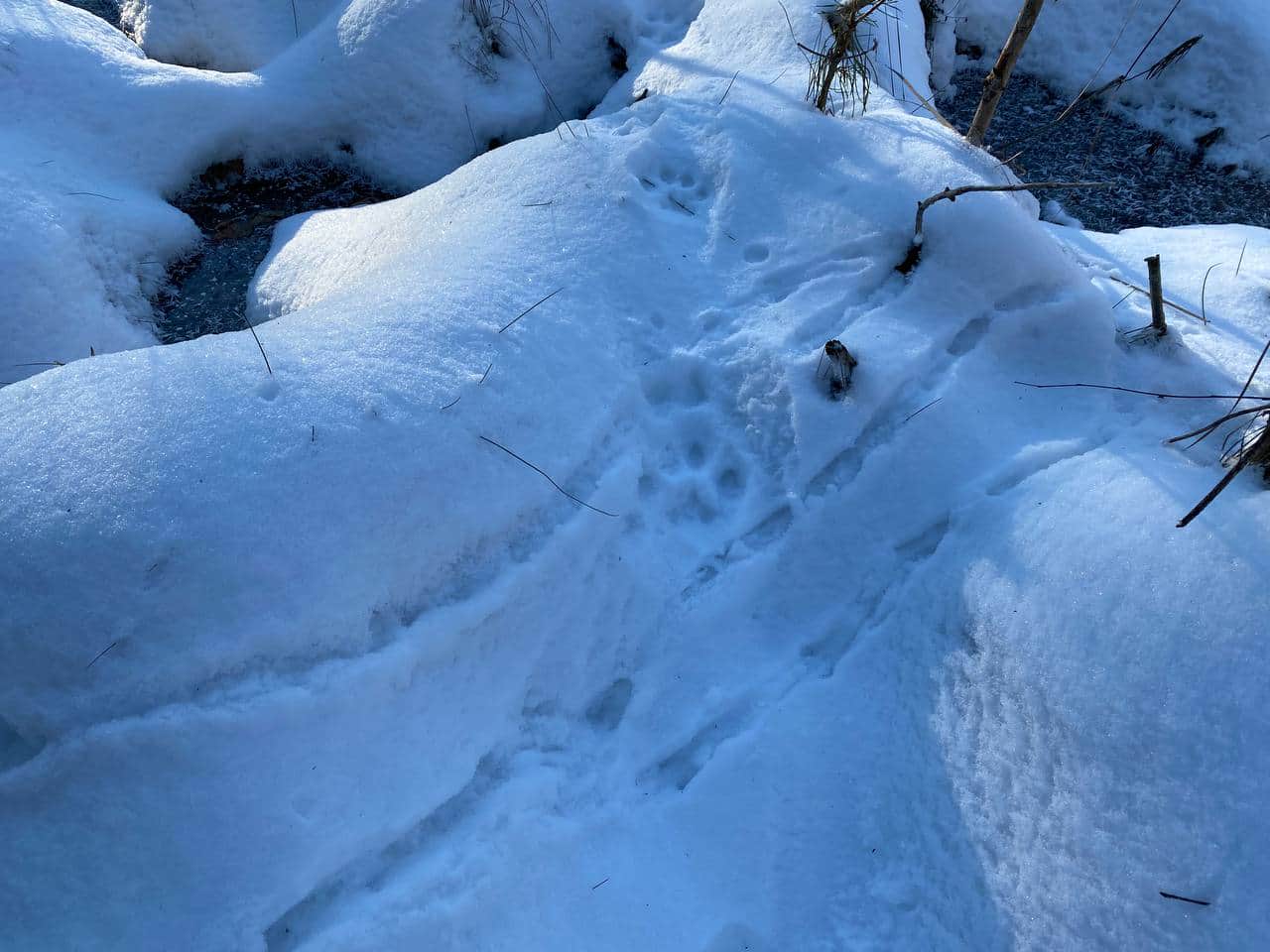
The UNCG believes that the best way to solve this problem is to bring Ukrainian legislation into line with European law, making the EIA the responsibility of the state rather than the buyer, and ensuring it is done before a site that contains minerals or other natural resources is put up for sale.
Finding a compromise
There is a public perception that acting in the interest of the environment necessarily goes against economic and business interests. This is often true, but in many cases it is not that difficult to find a compromise between the two.
Petro Tiestov says that environmental activists are not that concerned about some of the plots that the government has put up for sale with a view to natural resources extraction.
Many of these plots are fields, which are not particularly valuable from a biodiversity point of view. If amber must be mined, it is better to do it in areas like that.
In 2022 and almost the first 10 months of 2023, Ukraine’s Environment Ministry approved the sale of eight land plots in Zhytomyr Oblast for amber mining. Half of the plots had already been illegally developed and were of little environmental value, but the remaining four contained forests that would have to be cut down for the amber to be mined.
Sadly, this is a typical situation in Ukraine.
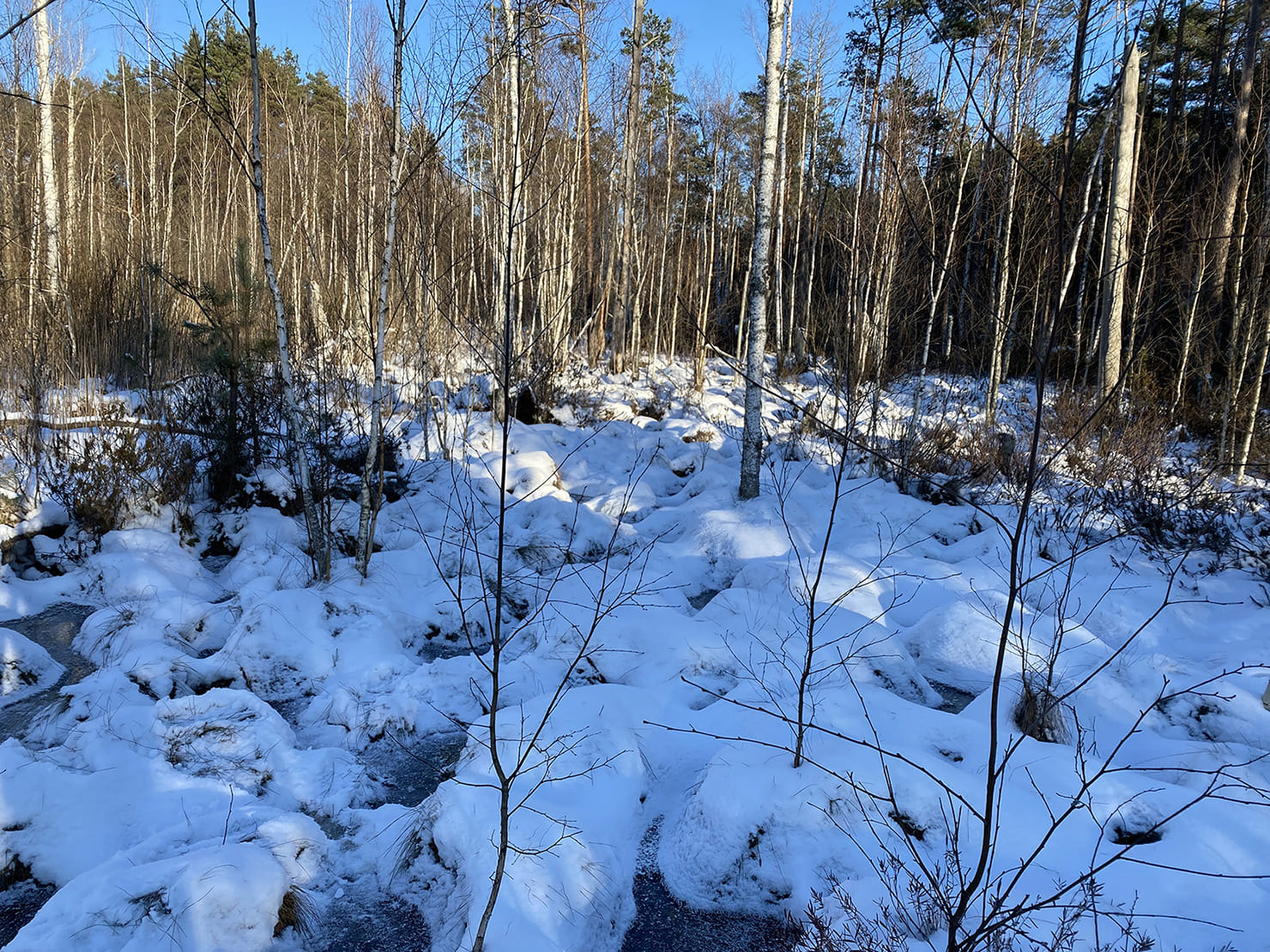
The mysterious significance of the Makove wetlands
It is worth noting with regard to the Makove wetlands that the forest surrounding it is no ordinary forest – it plays a particularly important role, especially given the fact that much of the Polissia region around it has been drained and tilled.
At times it feels as though the 260 hectares of largely undisturbed nature and wildlife have survived to our day simply to highlight Ukraine’s negligence and disregard for its own laws, international obligations, and common sense.
The peat found here, like any other fossil fuel, will contribute to climate change when burned – and Polissia is already markedly impacted by this change.
The European Union will soon approve a Nature Restoration Law which many see as Europe’s environmental constitution. Among other things, it seeks to protect peatlands. Those that have been preserved in good condition, such as the Makove wetlands, cannot be developed. Those that are damaged need to be restored.
Ukraine has declared that it wants to protect peatlands in order to make a contribution to combating climate change and to help achieve the Paris Agreement targets. It also wants to increase the total area of forests and nature reserves, which is very modest compared to European and global figures.
In light of this, there might be a glimmer of hope for the Makove wetlands.
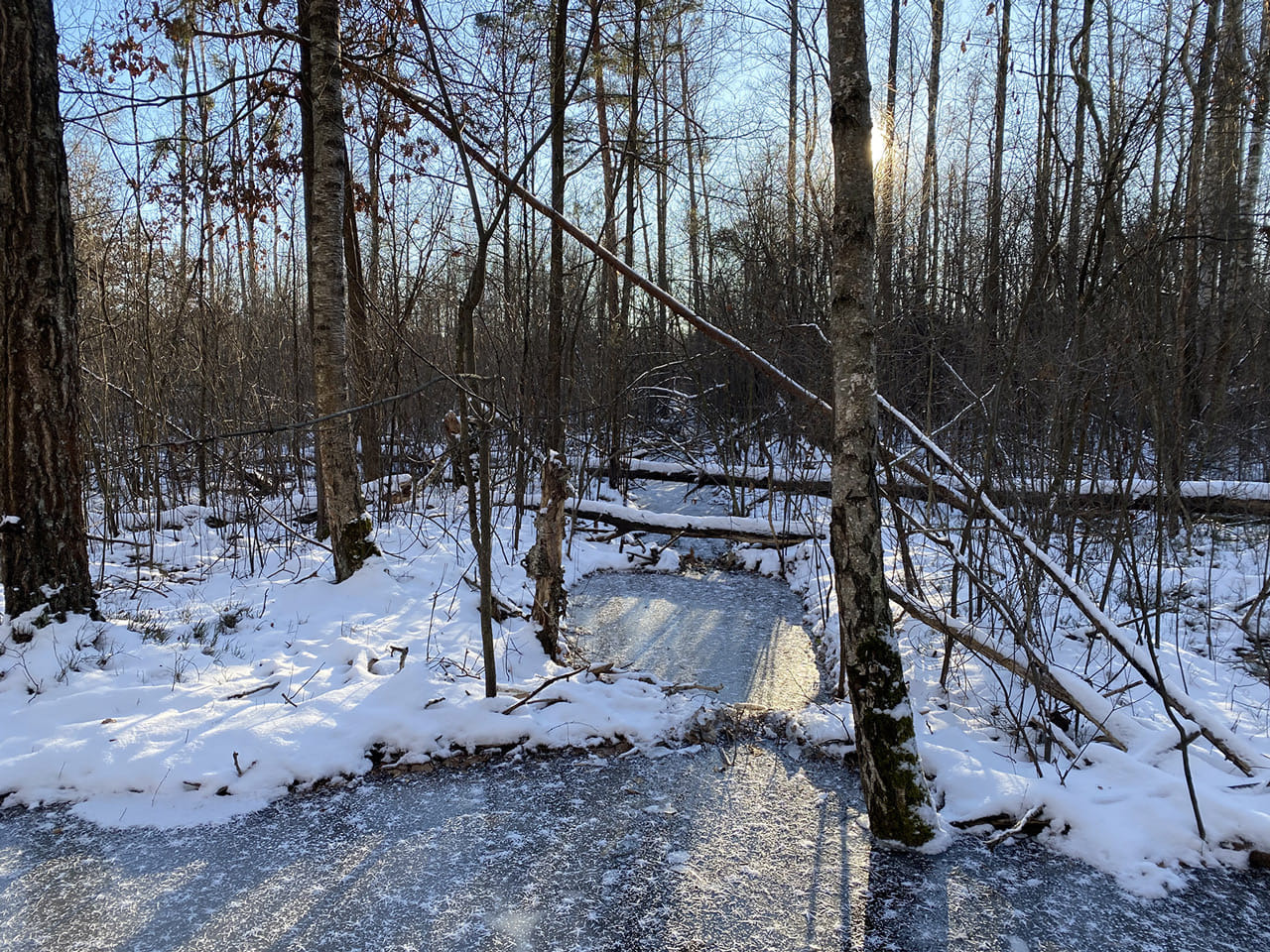
Dmytro Simonov
Translation: Olya Loza
Editing: Teresa Pearce